Every year, as Stevens Point comes alive with the vibrant energy of the Riverfront Rendezvous, it’s worth pausing to consider the historical roots of the cherished green space that hosts this event: Pfiffner Pioneer Park. Named in honor of Edward Julius Pfiffner, this park is more than just a beautiful riverside location; it’s a testament to the vision and contributions of a man who significantly shaped Stevens Point. Let’s delve into the story of Edward J. Pfiffner, the self-made individual whose legacy is intrinsically linked to Pfiffner Pioneer Park.
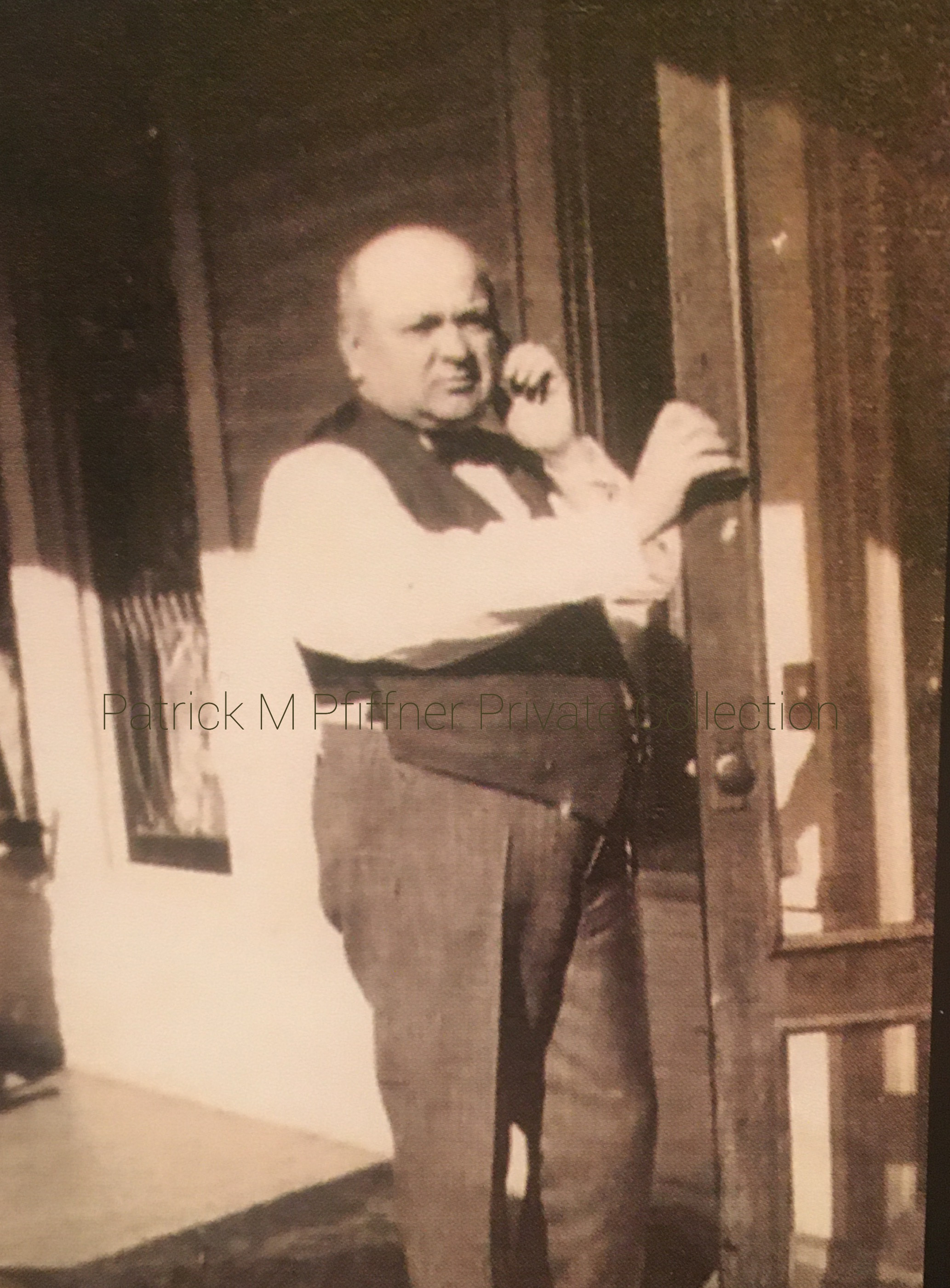 Edward Julius Pfiffner and family in Stevens Point, Wisconsin
Edward Julius Pfiffner and family in Stevens Point, Wisconsin
Born in Galena, Illinois in 1859, Edward J. Pfiffner’s journey began with humble roots. Family anecdotes recount his birthplace as being near Ulysses S. Grant’s pre-war residence, adding a touch of historical resonance to his early life. When Pfiffner was still an infant, his family embarked on a steamboat voyage up the Mississippi River, eventually reaching Waupeton, Iowa, a small trading post nestled on the river’s edge in Jefferson Township.
 Sketch of Waupeton, Iowa, highlighting its historical trading post setting
Sketch of Waupeton, Iowa, highlighting its historical trading post setting
In Waupeton, the Pfiffner family purchased the local trading post, and Edward’s father, Joseph Johann Pfiffner, assumed the role of postmaster. The family expanded their enterprise, establishing a general store and sawmill, and cultivating the surrounding land. Growing up in a family of six children, Edward, or EJ as he was known, contributed to the family business alongside his siblings. Despite the demands of work, education remained a priority. EJ and his siblings undertook a daily three-mile trek to a log cabin schoolhouse situated on the Rawles farm. Remarkably, this very schoolhouse stood for many years, only recently being taken down by the family for preservation. Waupeton served as a vital supply point for loggers navigating rafts down the Mississippi and a convenient stop for steamships transporting passengers and goods. With the advent of the railroad, Waupeton further flourished as a depot for local farmers to dispatch their produce to markets in Dubuque and beyond. While Waupeton exists today, it bears little resemblance to the bustling hub it was during EJ’s formative years.
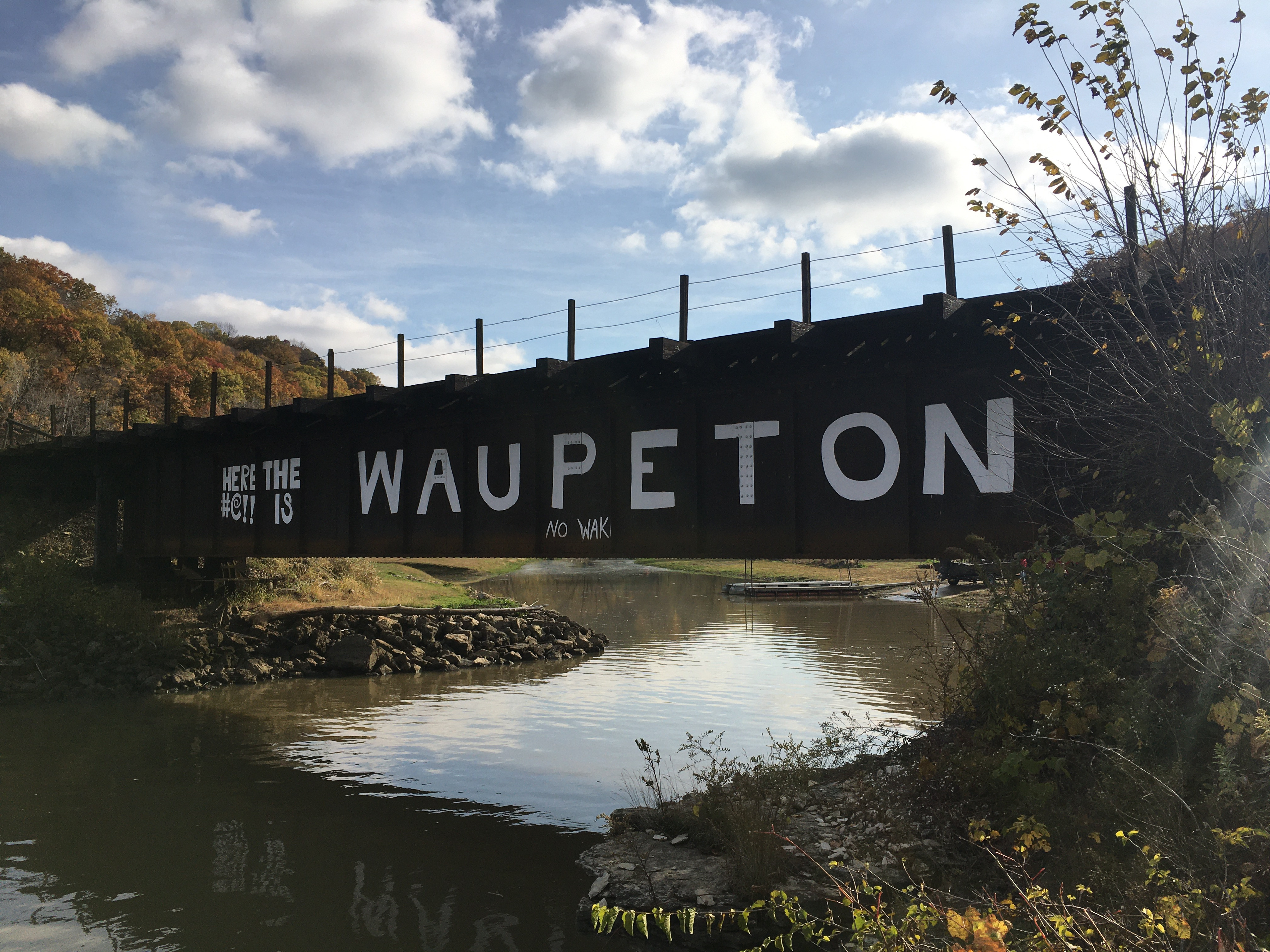 Present-day Waupeton, Iowa, showing its transformation into a campground and marina
Present-day Waupeton, Iowa, showing its transformation into a campground and marina
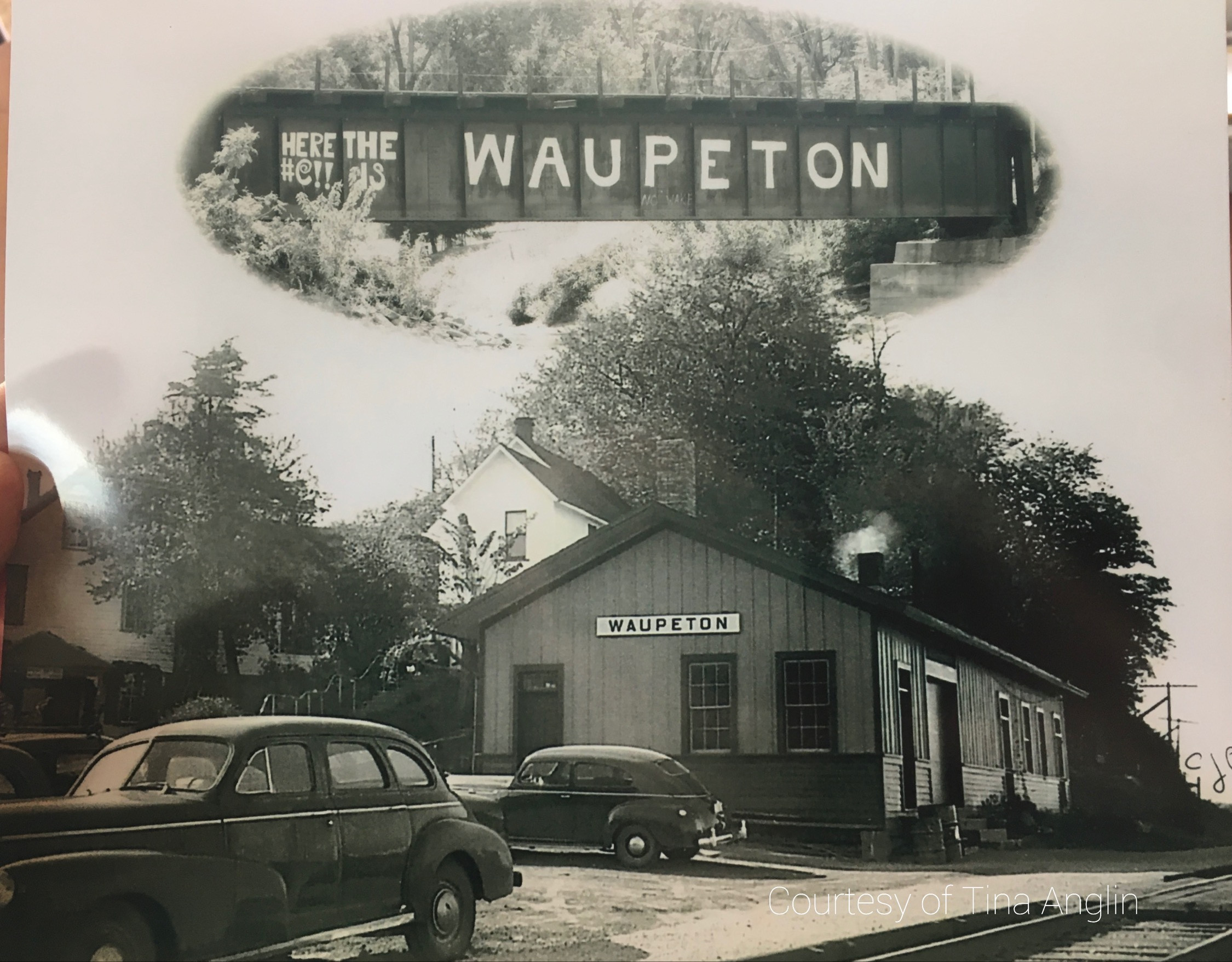 Historic Waupeton Depot, Iowa, circa 1940s, illustrating its past significance as a transportation hub
Historic Waupeton Depot, Iowa, circa 1940s, illustrating its past significance as a transportation hub
Fate intervened when Patrick Meehan, a successful lumberman from Portage County, Wisconsin, frequented Waupeton for supplies during his river and rail travels to sell logs. Impressed by the young Pfiffner, Meehan extended an invitation to EJ to work at his and his brother James’s lumber operation in Wisconsin. At the age of 16, Pfiffner accepted this life-altering proposition. Leaving behind his familiar river valley community, he embarked on a journey to Stevens Point, known as the “Gateway to the Pineries,” in 1875. His travel route took him by rail along the Mississippi to La Crosse, then to Grand Rapids (now Wisconsin Rapids), and finally by wagon to the Meehan sawmill nestled in Meehan, near Plover, at Love’s Creek. Initially employed as a timekeeper and bookkeeper, Pfiffner’s roles expanded to include lumberjack duties and even piloting rafts downriver. For several years, he divided his time between Iowa and Wisconsin, diligently saving his earnings to attend Baylee’s Business College in Dubuque. By 1877, the Pfiffner family had sold their Waupeton holdings and relocated to Dubuque, opening a new general store. EJ frequently assisted with the family business while continuing his work in Portage County.
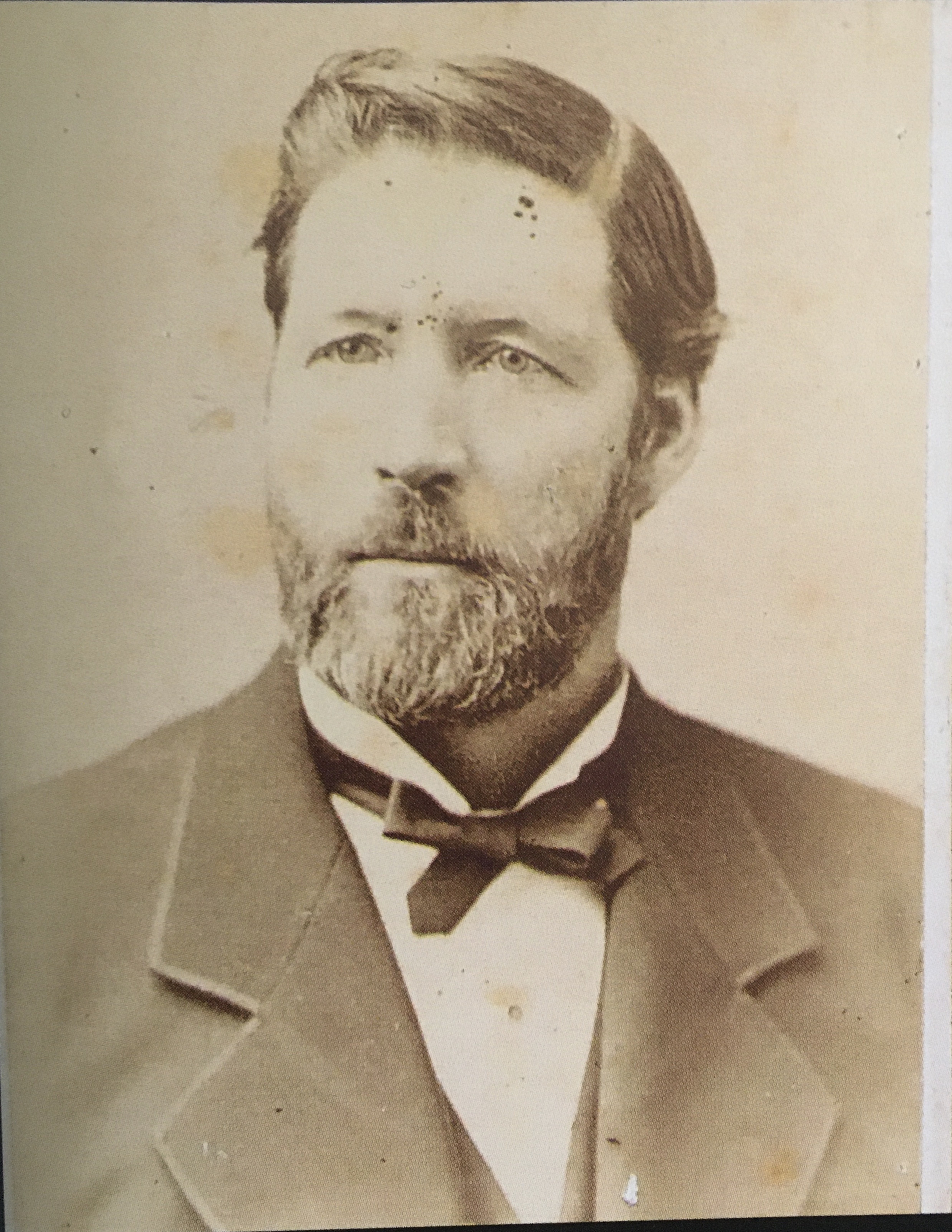 James Meehan, a key figure in Edward Pfiffner's early career in the lumber industry
James Meehan, a key figure in Edward Pfiffner's early career in the lumber industry
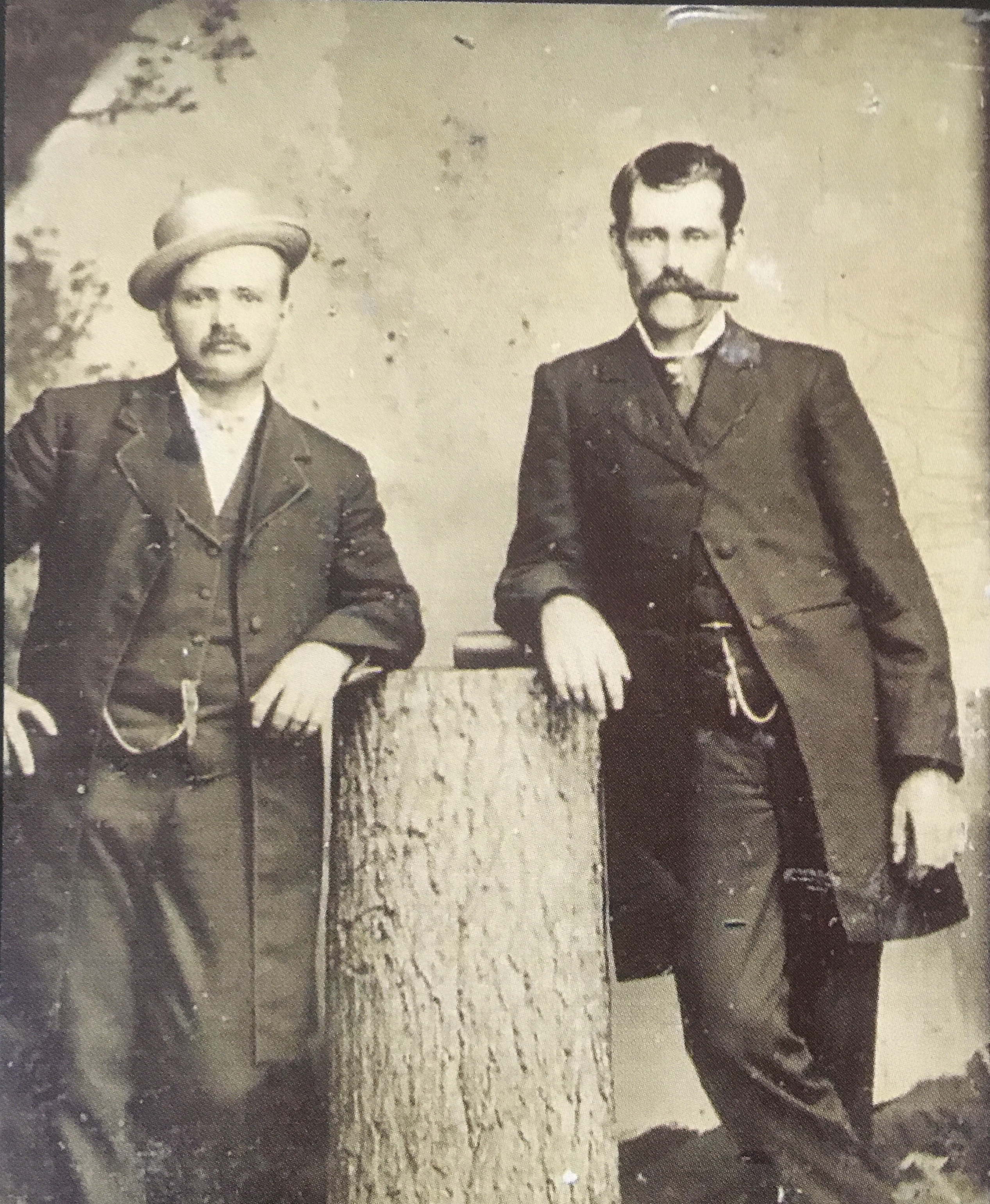 Edward Julius Pfiffner (left) with his close friend Joseph Roe, likely in Dubuque, Iowa during his late teens
Edward Julius Pfiffner (left) with his close friend Joseph Roe, likely in Dubuque, Iowa during his late teens
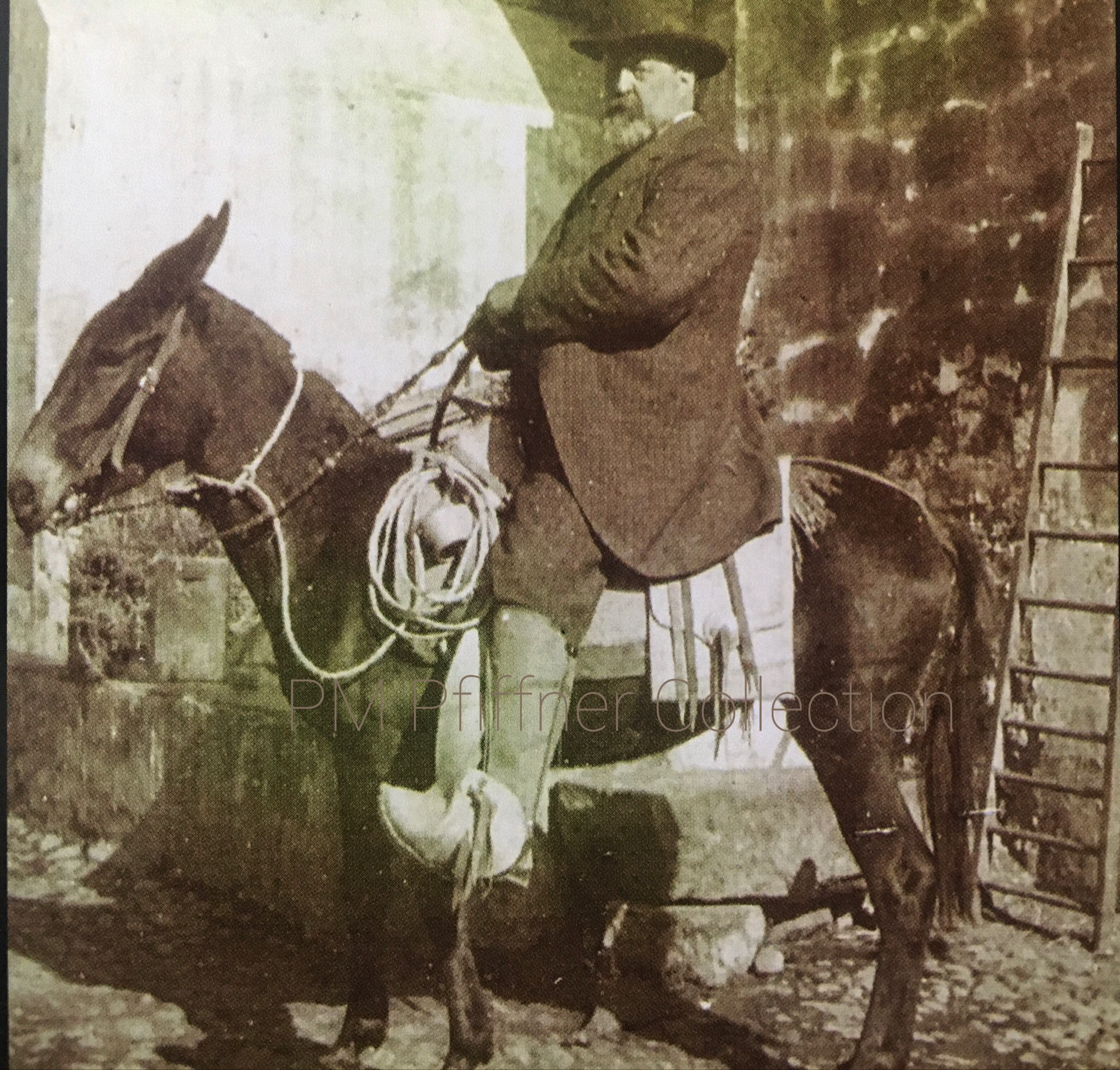 Patrick Meehan, the lumberman who brought Edward Pfiffner to Wisconsin, pictured in Mexico
Patrick Meehan, the lumberman who brought Edward Pfiffner to Wisconsin, pictured in Mexico
When the Meehan Brothers shifted their business interests and relocated to Milwaukee, EJ Pfiffner transitioned to Bosworth and Riley, marking his permanent settlement in Stevens Point. He further cemented his ties to the Meehan family by marrying James Meehan’s daughter, Mary Mollie, in 1884. Their union produced three children: Joseph Roe, James Meehan, and Mary Ramona. Interestingly, all members of the family, including their mother, were known by their middle names. Edward himself was commonly referred to as Ed or Edward within the community.
After his tenure at B&R, Pfiffner ventured into entrepreneurship, co-founding Fox, Pfiffner, and Keiler Lumber Company. This enterprise evolved into the Pfiffner and Rounds Lumber Company. Through strategic acquisitions, including the North Side Lumber Company and land previously owned by Weeks Brothers Lumber Mill, Pfiffner established what ultimately became the E.J. Pfiffner Lumber Company. His company’s reach extended deep into the North Woods, where he operated numerous logging camps and sawmills. Edward Julius Pfiffner became a quintessential figure of the era, embodying the archetype of a lumber baron, albeit on a local scale.
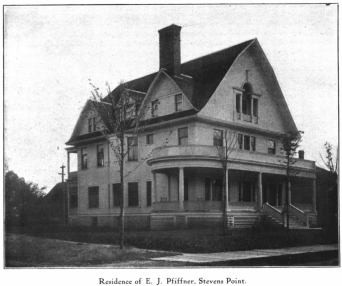 The Pfiffner family home in Stevens Point, showcasing Queen Anne style architecture
The Pfiffner family home in Stevens Point, showcasing Queen Anne style architecture
Reinforcing his status in the community, Pfiffner commissioned the construction of a grand Queen Anne style residence on Strongs Avenue and Court Street in 1898. Legend has it that the home even featured a third-floor ballroom where his children and grandchildren played basketball. Beyond his business success, Pfiffner was actively involved in politics, publicly supporting Grover Cleveland’s 1896 presidential campaign. He served as alderman for many years, held the position of council president, and contributed to the school board. Furthermore, Pfiffner was a founding member of Citizen’s Bank, serving as its president for nearly two decades. The Pfiffner family maintained a prominent presence in Stevens Point politics and business for generations, notably playing a significant role in the establishment and prosperity of the Hotel Whiting. His son Joseph Roe became city district attorney, James Meehan continued the family legacy in the lumber business and later the hotel industry, and Ramona graduated from the State Normal School before moving to the Milwaukee area after marriage. Tragically, Mary Mollie passed away in 1920 due to complications from pneumonia, likely linked to the Spanish Flu epidemic.
Edward Julius Pfiffner passed away in 1948. Subsequently, James Meehan sold the family home to a funeral company, relocating to the Hotel Whiting. The lumber company ceased operations in 1956. Today, the Pfiffner family home is privately owned, housing apartments on the upper levels and business suites on the main floor, with only remnants of its original interior. In 1968, EJ’s children, James Meehan Pfiffner and Mary Ramona Pfiffner Gallagher, generously donated the lumber company land to the city. This donation was designated to create a park in honor of their father, giving rise to the Pfiffner Pioneer Park that is so beloved by the community today.
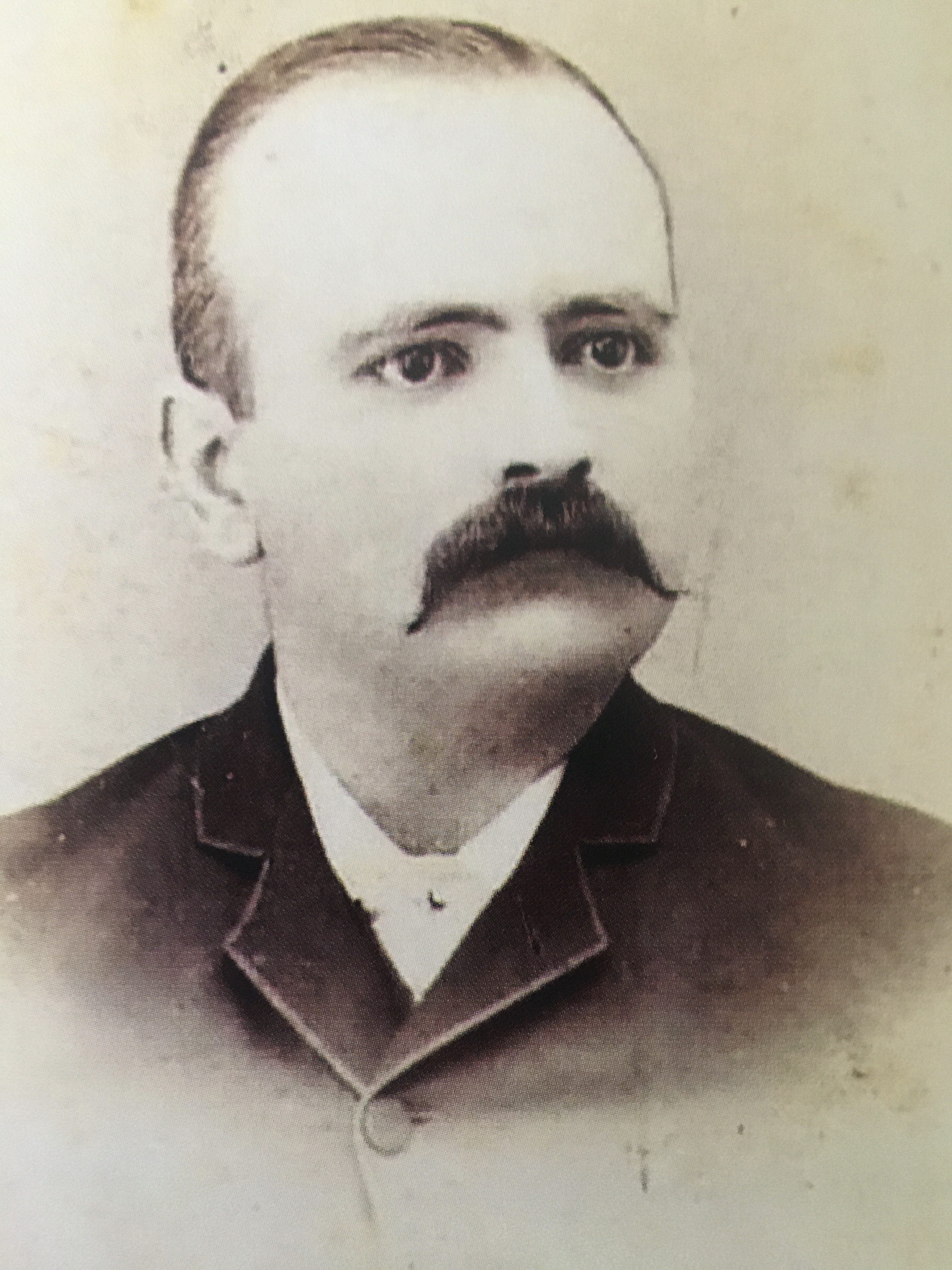 Edward Julius Pfiffner, the namesake of Pfiffner Pioneer Park, Stevens Point
Edward Julius Pfiffner, the namesake of Pfiffner Pioneer Park, Stevens Point
 Mary Mollie Meehan Pfiffner, Edward's wife and a member of the prominent Meehan family
Mary Mollie Meehan Pfiffner, Edward's wife and a member of the prominent Meehan family
Edward Julius Pfiffner and Mary Mollie Meehan Pfiffner are interred in St. Stephen’s Cemetery, their final resting place in the community they so profoundly influenced.
As you enjoy the Riverfront Rendezvous and find yourself near the brick building within Pfiffner Pioneer Park, take a moment to read the plaque erected by the Pfiffner Family. It serves as a tangible reminder of the man whose vision and industry contributed to the very ground you stand on, a fitting tribute to the legacy behind Pfiffner Pioneer Park.
